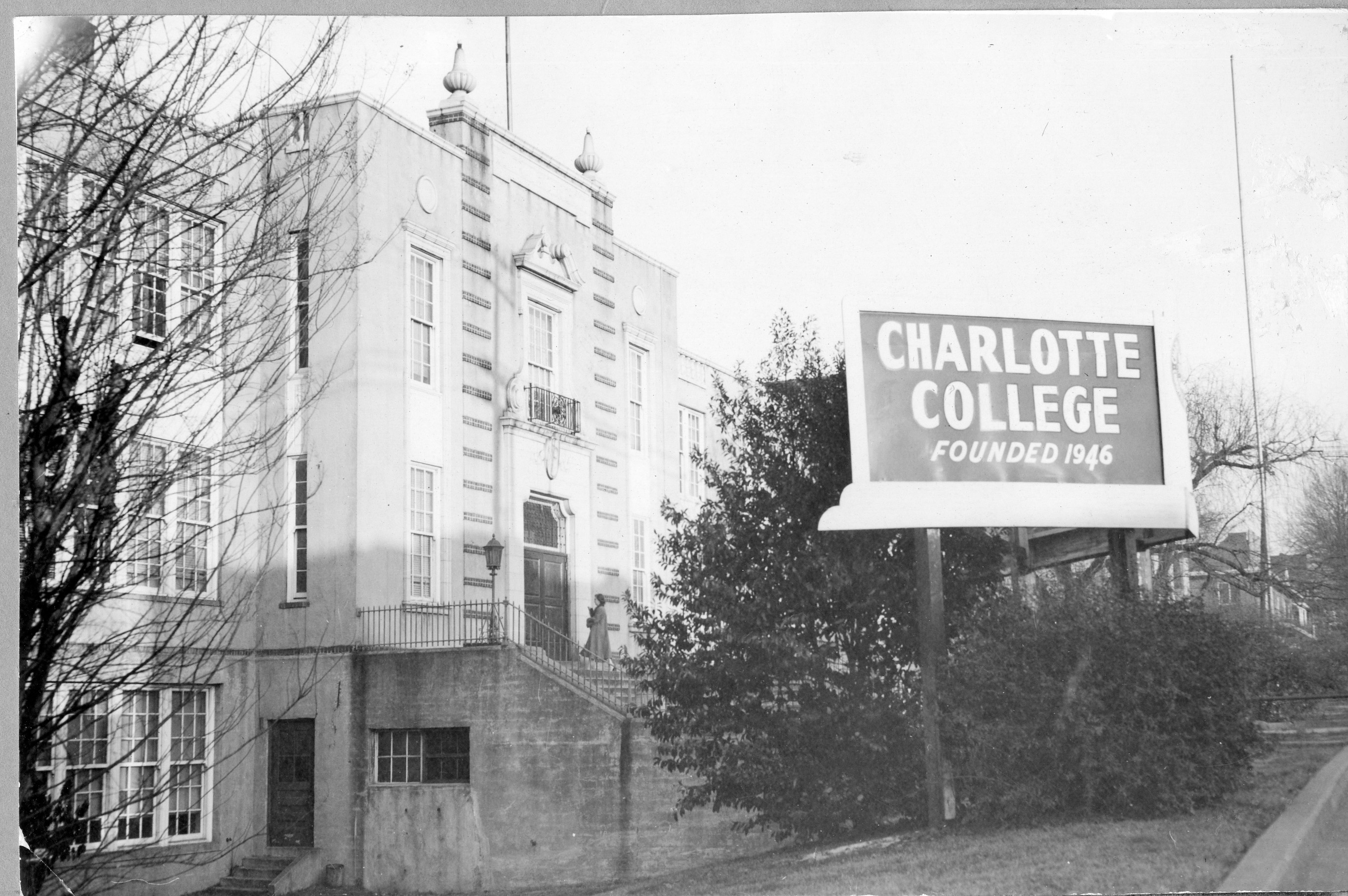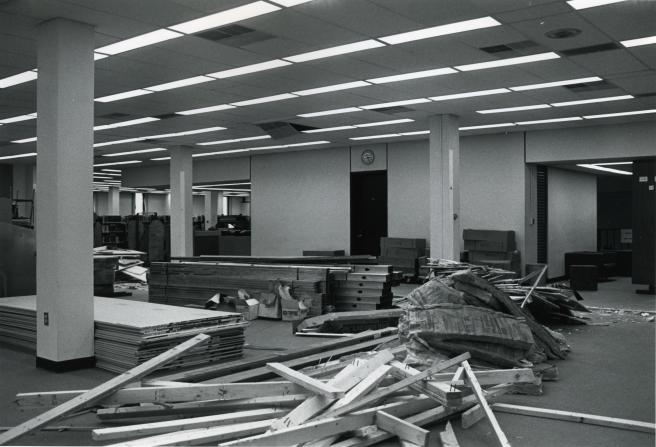The last installment of our Archives Month celebration posts honors CPCC President, Dr. Paul Anthony Zeiss.
_________________________________________________________________________________________________________________________________________
Twenty-four years ago, at a time when the College needed to focus on carving a new path, the CPCC Board of Trustees announced its decision for the new College president. Dr. Paul Anthony (Tony) Zeiss was the ideal candidate for many reasons; for starters, his dynamic educational background in radio/television, speech education, and community college administration enabled him to focus on the needs of students, staff, faculty and administration simultaneously. In addition, his background combined with his tenacity to “get down to business,” enabled Dr. Zeiss to transform CPCC into a model for community colleges that it is known for today.
Within his first six months, Dr. Zeiss worked with the college administration to implement a series of innovative changes such as the creation of a job placement facility and Academic Learning Facility for students, as well as enacting an affirmative action plan as a way to track job placement rates of minority students. When he first started in the fall of 1992, the College did not have any of these plans in place. What was in place, however, were plans for campus expansion – these plans would not come to fruition until Dr. Zeiss’s arrival. Over the past two decades under Dr. Zeiss’s leadership, Central Piedmont Community College has grown from one campus to six (serving over 70,000 students a year!) and has become recognized as a national leader in Workforce Development and innovative global initiatives.
In 2017, Central Piedmont Community College will welcome its new president, Dr. Kandi Deitemeyer. With her experience, knowledge, and skill-sets as President of College of the Albemarle, we very much look forward to the initiatives that she will put forth and the history she will make as our College’s fourth President. For more information on Dr. Zeiss, please visit the CPCC Homepage: http://www.cpcc.edu/president/about as well as the CPCC Archives. Below are photos showcasing some of Dr. Zeiss’s achievements over the years, Thank you, Dr. Zeiss!












